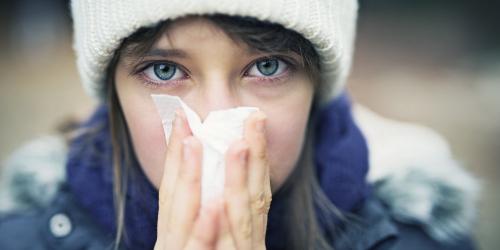The Okinawa diet takes its name from a Japanese island, where the inhabitants are (for the most part) very thin and reputed to live long . It is therefore for those who want to live better, fit and for a long time.
With this diet, there is no question of fasting or timing your meals.
It is simply a matter of prioritizing low-calorie and virtuous foods (full of vitamins , minerals and nutrients ).
Okinawa diet in practice
The unstoppable tip of the people of Okinawa: the hara hachi bu ", which consists of eating up to 80% to maintain a small feeling of hunger at the end of the meal .
Their menu consists of fruits and vegetables (all except oilseeds - very high in fat - and dried fruits), cereals and starchy foods, lean fish, shellfish, shellfish, poultry, eggs, soy , meat low in fat.
The focus is on algae , tea and water , the benefits of which are well established. Shiitake is also very popular, this little mushroom is indeed ideal for boosting the immune system.
On the other hand, too rich meats like beef are banned, as are dairy products and alcohol.
Why do we adopt it?
Food is very diverse, little risk of monotony in our plate.
In addition, this diet contains fiber and protein , which prevents any feeling of hunger despite a minimized calorie intake and reduced amounts. Thanks to this nutritional model, the dreaded yo- yo effect is not to be feared , a quality that is increasingly rare in slimming diets.
On the other hand, it is difficult to find negative points in the Okinawa diet when one knows that centenarians are three times more numerous on this island than in France .
Only drawback: the possible difficulty to find Asian products if you do not live in a big city.
To go further: "The Okinawa Diet: Passport for Longevity" by Anne Dufour and Laurence Wittner, Leduc's editions.


